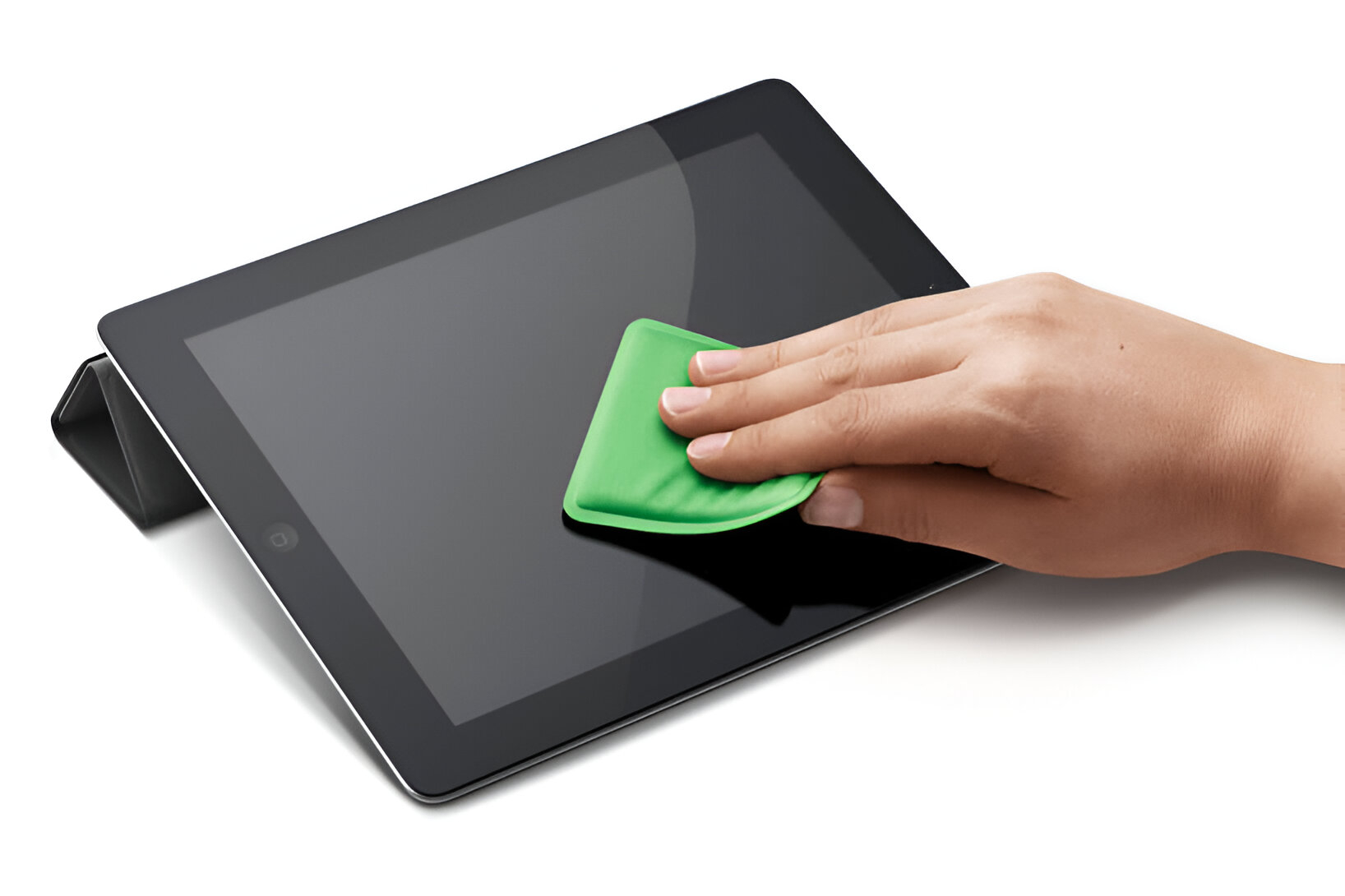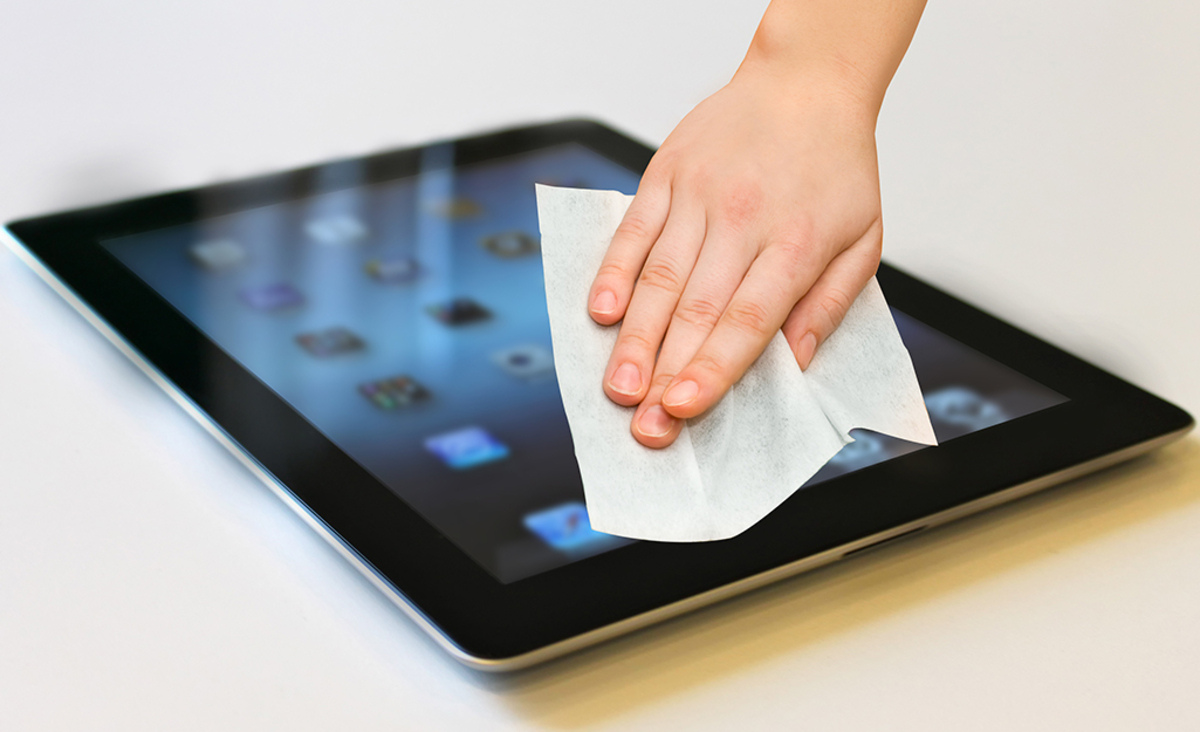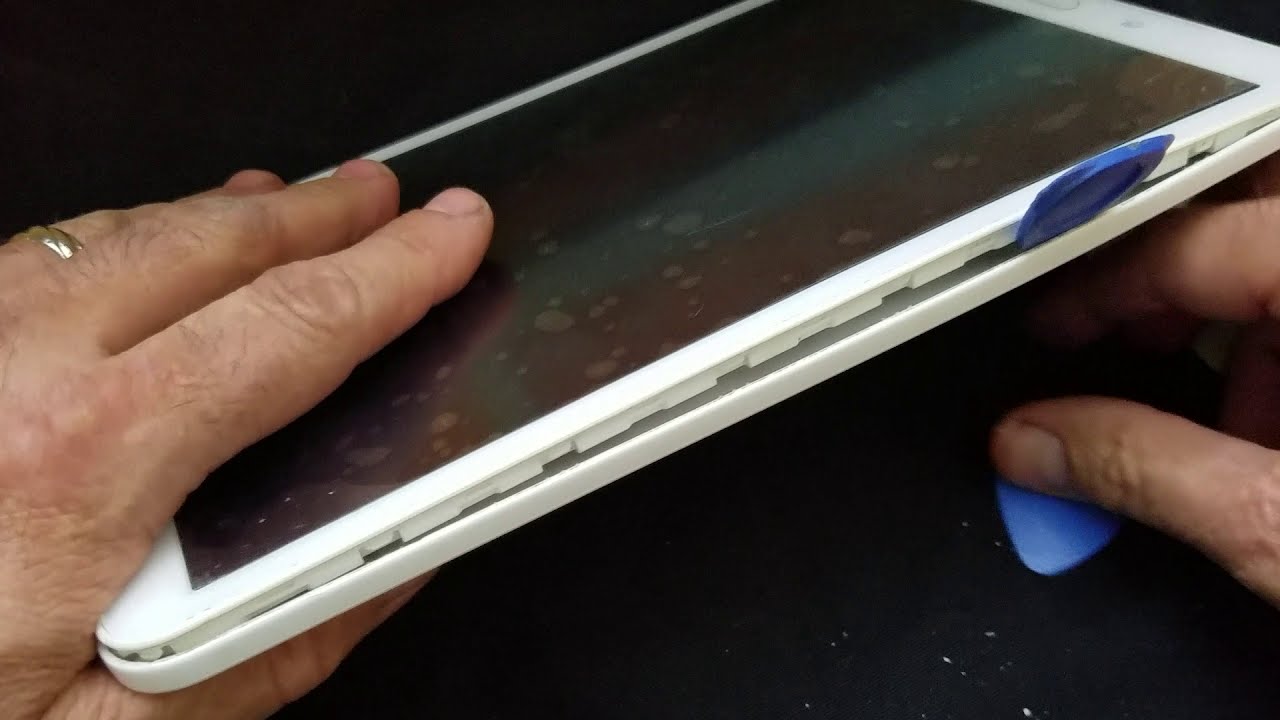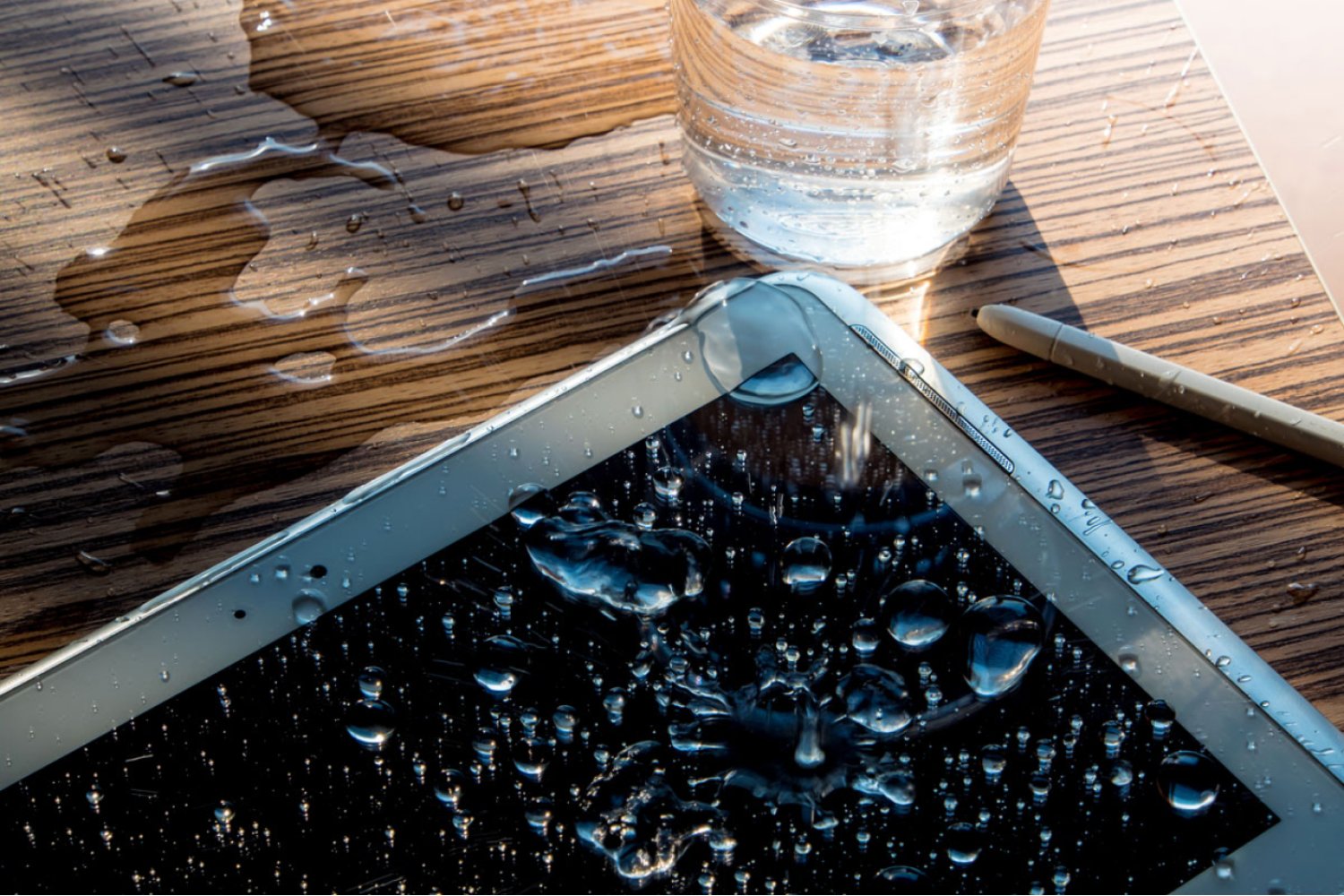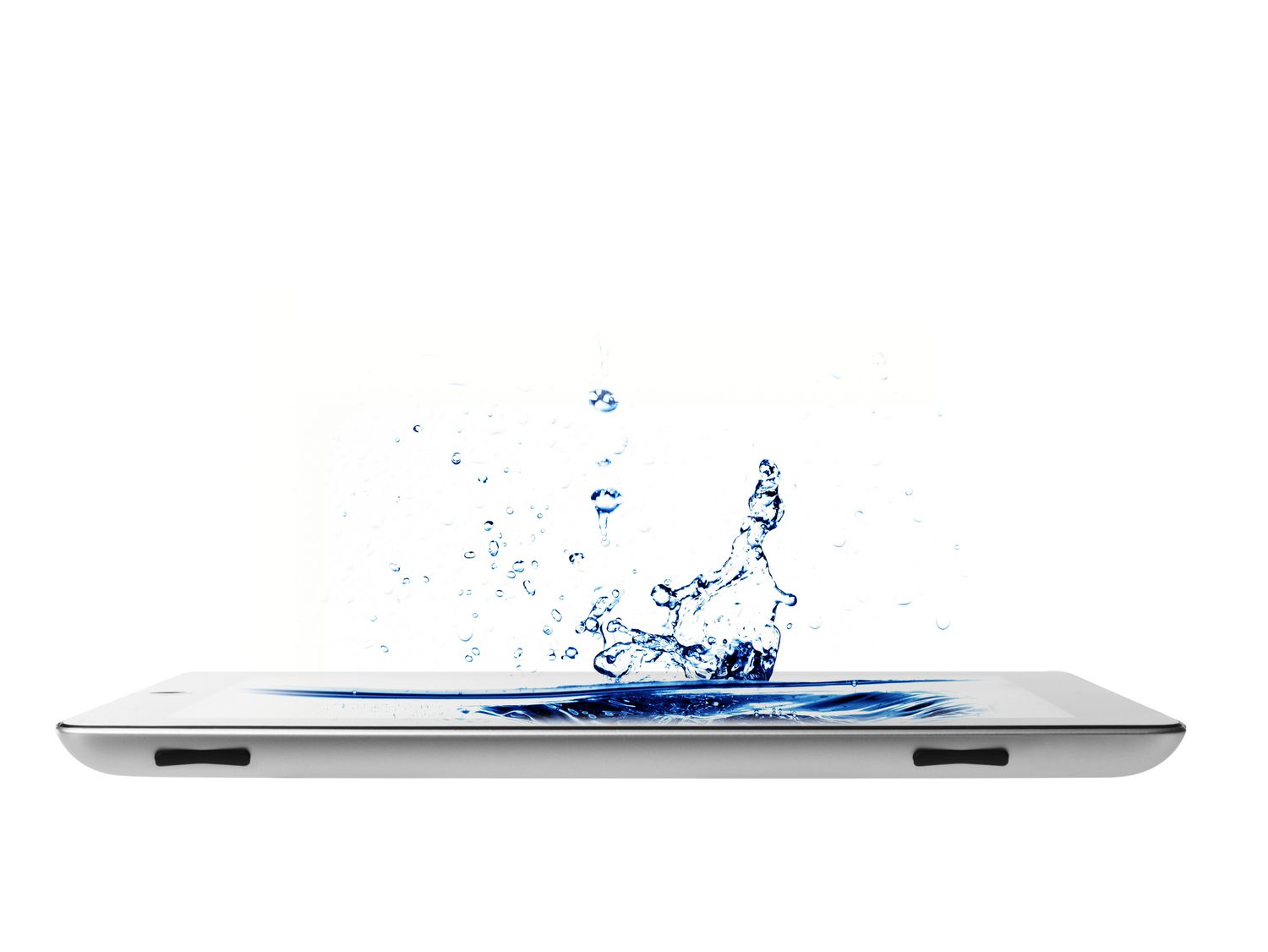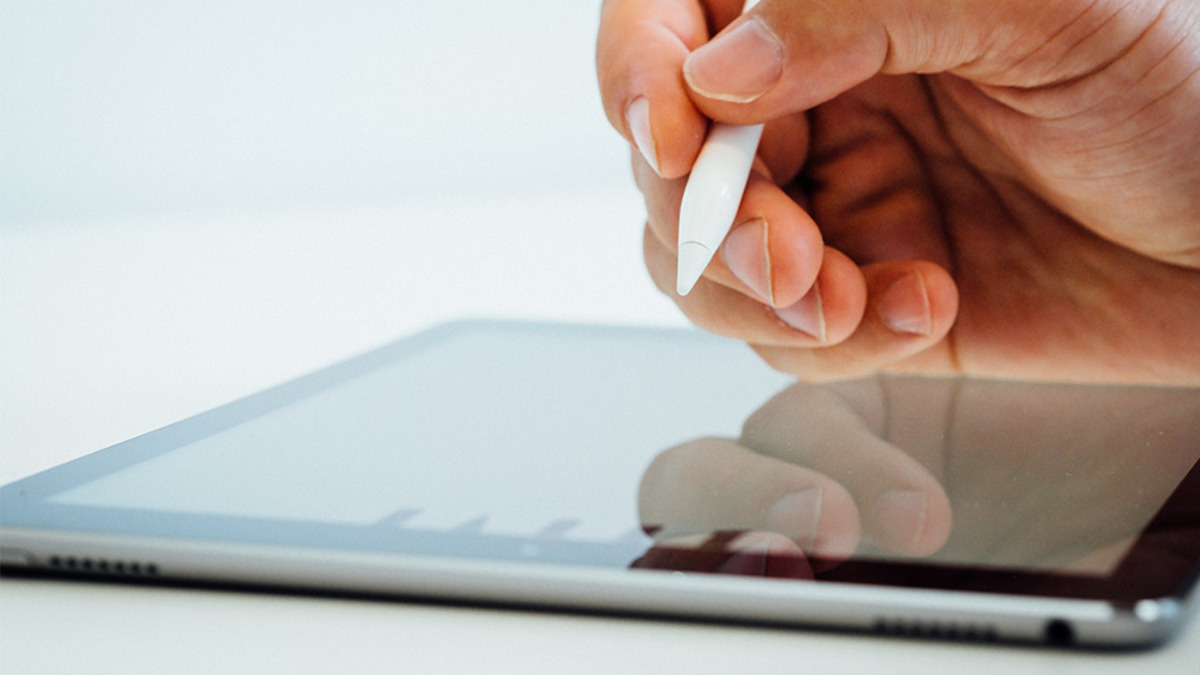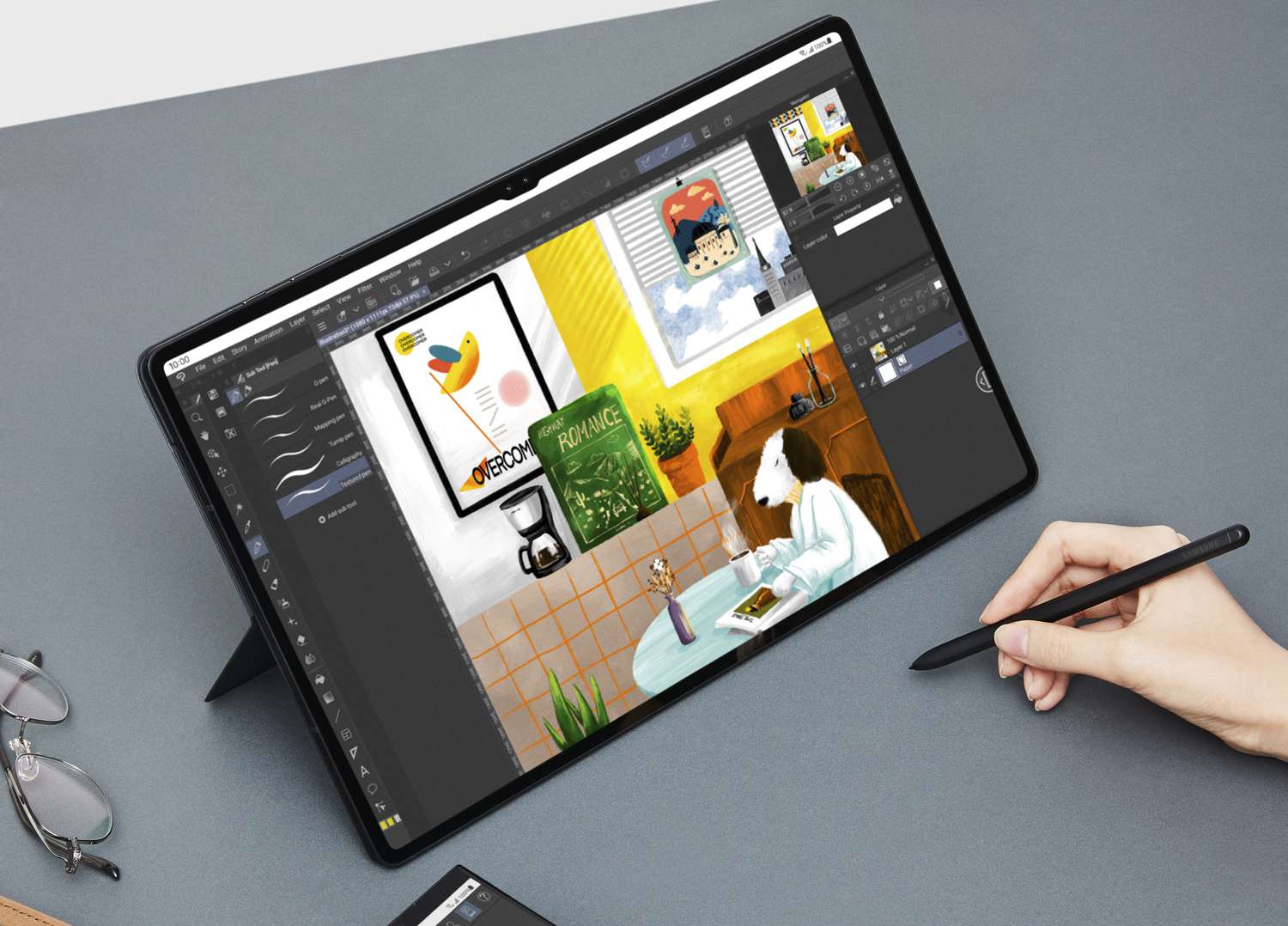Introduction
Welcome to our guide on how to clean up your tablet! Over time, tablets can accumulate unnecessary clutter, slowing down performance and taking up valuable storage space. By cleaning up your tablet, you can free up storage, improve speed, and enhance your overall user experience.
Whether you have an Android tablet, an iPad, or any other type of tablet, the tips and techniques we’ll share in this article are applicable across the board. From clearing cache and data to organizing your home screen, we’ve got you covered.
But why is it important to clean up your tablet in the first place? Well, as you use your tablet for various tasks like browsing the internet, streaming videos, and installing apps, temporary files, unused apps, and other digital clutter start to build up. This buildup can lead to slower performance, reduced battery life, and increased vulnerability to security threats.
The good news is that with a few simple steps, you can easily clean up your tablet and restore it to optimal working condition. In this guide, we’ll walk you through the process, providing you with practical tips and guidelines.
Before we dive in, it’s important to note that the steps may vary slightly depending on the make and model of your tablet. However, the general principles and concepts remain the same, so you’ll be able to adapt these techniques to suit your specific device.
So, prepare yourself to give your tablet a fresh start! In the following sections, we’ll cover everything from clearing cache and data to optimizing battery usage. By following these steps, you’ll be well on your way to enjoying a clutter-free and smooth-performing tablet.
Clearing Cache and Data
One of the first steps in cleaning up your tablet is to clear the cache and data of your apps. When you use an app, it stores temporary files and data to help speed up future use. However, over time, these files can accumulate and take up unnecessary space. Clearing the cache and data can help improve the performance of your tablet.
To clear the cache, go to the Settings menu on your tablet and select “Apps” or “Applications.” From there, you’ll see a list of all the apps installed on your device. Tap on the app you want to clear the cache for and look for the “Clear Cache” button. Once you tap on it, the app will remove all the temporary files it has stored.
If you want to go a step further and clear the app data, be cautious as this will also reset any settings or preferences you have made within the app. To clear the data, follow the same steps as clearing the cache but instead of selecting “Clear Cache,” select “Clear Data” or “Storage.” This will remove all the files and data associated with the app.
Keep in mind that clearing the cache and data of certain apps, such as web browsers or social media apps, may require you to sign in again or reconfigure settings. Make sure to take note of any important information before clearing the data.
It’s important to note that clearing the cache and data should be done periodically or when you notice that an app is misbehaving or taking up an unusually large amount of storage.
By regularly clearing the cache and data of your apps, you not only free up precious storage space but also help your tablet run faster and more efficiently.
Uninstalling Unused Apps
If your tablet is filled with apps that you no longer use, it’s time to free up some space by uninstalling them. Unused apps not only take up valuable storage but can also contribute to slower performance.
To uninstall an app, go to the Settings menu and select “Apps” or “Applications.” You’ll see a list of all the installed apps on your tablet. Tap on the app you want to uninstall and look for the “Uninstall” button. Once you confirm the action, the app will be permanently removed from your device.
Be mindful that some pre-installed apps on your tablet may not allow you to uninstall them, but you can still disable them to free up some space. Disabling an app will prevent it from running and consuming resources but will keep it on your device.
Removing unused apps not only clears up storage space but can also improve the overall performance of your tablet. It reduces background processes and memory usage, allowing your device to run smoother and faster.
Take some time to review the apps on your tablet and identify those that you haven’t used in a while. Consider the type of apps you no longer need, such as games or productivity tools that are no longer relevant to your current needs. By uninstalling these unused apps, you’ll have more storage space for the apps you do use.
If you’re unsure whether you should uninstall an app, try disabling it first to see if you notice any negative impact on your tablet’s functionality. If everything runs smoothly without the app, you can confidently uninstall it.
Removing unused apps not only helps with storage management but also gives you a cleaner and more organized app screen. It allows you to focus on the apps that are important to you and reduces clutter.
Remember to periodically go through your apps and uninstall any that are no longer serving a purpose. This will ensure that your tablet remains optimized for performance and storage efficiency.
Organizing Your Home Screen
Your tablet’s home screen is the first thing you see when you unlock your device, and a cluttered or disorganized home screen can make it difficult to find the apps and widgets you need. Taking the time to organize your home screen can greatly improve your tablet experience.
Start by rearranging the icons on your home screen. Long-press on an icon to enter the editing mode. From there, you can drag and drop icons to move them around. Consider grouping similar apps together, such as placing all social media apps in one folder and all productivity apps in another. This makes it easier to locate specific apps and reduces visual clutter.
Creating folders is another effective way to organize your apps. To create a folder, simply drag one app icon on top of another. This will automatically create a folder with both apps inside. You can then give the folder a name and add more apps to it. Folders are particularly useful for apps that belong to the same category or serve a similar purpose.
Don’t forget to remove any unnecessary widgets from your home screen. Widgets can be useful for quick access to information or functions, but having too many can make your home screen feel cluttered. Only keep the widgets that you frequently use or find most valuable.
Consider using multiple home screens to further organize your apps and widgets. Most tablets allow you to have multiple home screens that you can swipe between. Assign specific home screens for different categories, such as one for entertainment apps, one for work-related apps, and one for utilities. This way, you can easily find what you need without overwhelming a single home screen.
Lastly, take advantage of customization options. Many tablets allow you to change the wallpaper, add live wallpapers, and customize the appearance of icons. Choose a wallpaper that fits your style and enhances visibility. Customize your icons with themes or icon packs to make them more visually appealing or intuitive to navigate.
By organizing your home screen, you’ll not only improve the visual appeal of your tablet but also increase efficiency and ease of use. It will save you time and frustration when searching for specific apps and make your tablet experience more streamlined.
Remember to periodically review your home screen and make updates as needed. As you download new apps or find different ways to use your tablet, adjust your organization system accordingly to keep things tidy and manageable.
Deleting Old Files and Downloads
As you use your tablet, it’s common for files and downloads to accumulate over time. These files can include documents, images, videos, audio files, and more. Cleaning up old and unnecessary files is an essential step in freeing up storage space and optimizing your tablet’s performance.
Start by going through your file manager or storage settings to locate the folders where your downloads are stored. Look for any files that you no longer need or that are taking up a significant amount of space. Delete these files to reclaim storage on your tablet.
Next, it’s a good idea to review and organize your files. Create folders or subfolders to better categorize your files and make them easier to navigate. For example, you could have separate folders for photos, documents, videos, and music. Move your files into the appropriate folders to keep everything organized.
When deleting files, be sure to double-check that you have a backup or no longer need them. It’s always a good practice to back up important files to an external storage device or cloud storage service to ensure you don’t lose any valuable data.
In addition to deleting old files, you can also consider compressing larger files. Compression reduces the file size without permanently deleting any data. Some tablets have built-in compression tools or you can use third-party file compression apps from the app store. This can be especially useful for large video or audio files that are eating up a considerable amount of storage space.
Last but not least, clearing your recycle bin or trash folder is essential. Deleted files are often moved to the recycle bin or trash folder, where they still take up space on your tablet. Emptying the recycle bin or trash folder will permanently remove these files and free up additional storage.
Regularly deleting old files and downloads not only creates more space for new content but also helps your tablet run more smoothly. It reduces the clutter on your device, resulting in faster loading times for apps and improved overall performance.
Remember to review and clean up your files periodically to ensure optimal storage management on your tablet. Regular maintenance will keep your tablet running efficiently and prevent storage-related issues in the future.
Regular System Updates
Keeping your tablet’s operating system up to date is crucial for optimal performance, security, and access to new features. System updates are released by the tablet’s manufacturer to fix bugs, improve stability, and enhance overall functionality. It’s important to regularly check for and install these updates.
To check for system updates, go to the Settings menu on your tablet and look for the “System” or “Software Update” option. Tap on it to initiate the update check. If an update is available, follow the on-screen prompts to download and install it.
System updates not only provide performance improvements but also address security vulnerabilities. By installing the latest updates, you ensure that your tablet has the most up-to-date protection against potential threats.
In addition to the core operating system updates, it’s also essential to update your apps. App updates often include bug fixes, performance enhancements, and new features. Keeping your apps up to date ensures that you’re using the latest versions and that any issues are resolved.
By regularly updating your tablet’s system and apps, you can enjoy a more stable and secure experience. You’ll also have access to the latest features and improvements offered by the manufacturers and app developers.
It’s worth mentioning that some tablets may not receive updates for an extended period, especially if they are older or running on outdated hardware. In such cases, it’s important to consider upgrading to a newer tablet to ensure ongoing support and compatibility with the latest software releases.
Make it a habit to check for system and app updates periodically. You can set your tablet to automatically download and install updates, or you can manually check for updates on a regular basis.
By staying on top of system updates, you’re not only keeping your tablet running smoothly but also ensuring that you’re benefiting from the latest advancements in technology and security.
Cleaning the Screen and Body
Maintaining a clean tablet screen and body not only enhances its appearance but also ensures optimal functionality and longevity. Regular cleaning helps remove dirt, fingerprints, smudges, and any other debris that may affect your tablet’s performance and user experience.
When cleaning your tablet screen, it’s important to use the proper cleaning materials to avoid damage. Start by turning off your tablet and disconnecting any charging cables. Use a microfiber cloth, specifically designed for electronic devices, to gently wipe the screen in a circular motion. Avoid using rough or abrasive materials, such as paper towels or regular cloth, as they can scratch the screen.
If stubborn smudges or fingerprints persist, slightly dampen the microfiber cloth with distilled water or a screen cleaning solution specifically designed for electronic devices. Be sure to avoid excessive moisture, as it can seep into the tablet’s internal components and cause damage. Wring out the cloth to remove any excess liquid before wiping the screen.
When cleaning the body of your tablet, use a soft, lint-free cloth to gently wipe away any dirt or dust. Pay close attention to the edges and corners, as these areas can accumulate debris over time. If necessary, you can dampen the cloth slightly with water or a mild, non-abrasive cleaning solution to remove stubborn dirt. However, always make sure to avoid getting any liquids into the device’s ports or openings.
In addition to regular cleaning, it’s essential to protect your tablet screen with a quality screen protector. Screen protectors provide an additional layer of protection against scratches, smudges, and other damage. Follow the manufacturer’s instructions for applying the screen protector, ensuring a smooth and bubble-free installation.
It’s also recommended to use a protective case for your tablet to safeguard it from accidental drops, bumps, and spills. Cases not only provide physical protection but can also help prevent dust and debris from accumulating on the tablet’s surface.
By keeping your tablet’s screen and body clean, you not only maintain its aesthetics but also improve touch responsiveness and visibility. A clean tablet is easier to use and enhances your overall experience.
Make it a habit to clean your tablet regularly, especially if you frequently touch the screen or use it in dusty environments. By incorporating regular cleaning into your tablet maintenance routine, you can ensure that your device remains in top-notch condition for years to come.
Removing Unwanted Widgets and Live Wallpapers
Widgets and live wallpapers can be great additions to your tablet’s home screen, providing quick access to information and adding visual flair. However, having too many widgets or live wallpapers can clutter your home screen and potentially slow down your tablet’s performance. It’s important to regularly review and remove any unwanted widgets and live wallpapers to optimize your tablet’s functionality.
To remove a widget, simply long-press on it until a menu or options appear. Look for the option to remove or delete the widget and confirm the action. The widget will be removed from your home screen, freeing up space and resources. Keep in mind that removing a widget does not uninstall the associated app; it simply removes the widget from the home screen.
Live wallpapers can be visually appealing but can also use a significant amount of system resources. If you find that your tablet’s performance is sluggish or your battery drains quickly, it may be worth considering removing live wallpapers. To do this, go to the Settings menu and look for the “Display,” “Wallpaper,” or a similar option. From there, you can select a new static wallpaper or choose a different live wallpaper that is less resource-intensive.
Removing unwanted widgets and live wallpapers not only declutters your home screen but also frees up system resources and improves overall performance. It allows your tablet to run more smoothly and efficiently, providing a better user experience.
When removing widgets and live wallpapers, consider your personal needs and preferences. Keep the widgets that you find most useful and enhance your productivity. Choose live wallpapers that you enjoy and add value to your tablet’s visual aesthetic.
Regularly review your home screen and assess the widgets and live wallpapers that you have installed. If you find that you no longer use or appreciate certain widgets or live wallpapers, take the time to remove them. This will help streamline your home screen and make it easier to navigate.
Remember, maintaining a clutter-free home screen not only improves functionality but also allows you to personalize your tablet with the widgets and wallpapers that truly enhance your tablet experience.
Optimizing Battery Usage
Battery life is a crucial aspect of any tablet, and optimizing battery usage can significantly improve your tablet’s overall performance and usability. By implementing a few simple tips and tweaks, you can extend your tablet’s battery life and ensure that it lasts throughout the day.
One of the most effective ways to optimize battery usage is by adjusting the screen brightness. The display is one of the most power-hungry components of a tablet. Lowering the brightness level or enabling auto-brightness can help conserve battery power. Additionally, reducing the screen timeout duration, so the screen turns off more quickly when not in use, can also boost battery life.
Another tip is to manage your tablet’s connectivity features. When not needed, disable Wi-Fi, Bluetooth, and GPS to prevent your tablet from constantly searching for and connecting to networks and devices. You can toggle these features in the quick settings panel or by going to the Settings menu.
Limiting background processes can also contribute to improved battery life. Some apps continue to run in the background, consuming valuable battery power even when you’re not actively using them. Go to the Settings menu and check for apps that are running in the background. Disable or restrict background app refresh for those that are not essential.
Furthermore, managing app notifications can help minimize battery drain. Some apps send frequent notifications, waking up your tablet’s screen and draining the battery. Review your notifications settings and adjust them to only receive notifications from apps that truly require your attention.
In addition, consider using the tablet’s built-in power-saving mode. Power-saving modes limit background activity, reduce performance, and tweak various settings to conserve battery power. Enable this mode when your battery is running low or when you anticipate long periods without access to a charger.
Managing the apps running on your tablet is another way to optimize battery usage. Some apps may be more resource-intensive and drain your battery faster. Identify and close any apps running in the background that you don’t need. Additionally, consider uninstalling apps that you no longer use to free up storage space and reduce the overall load on your tablet’s battery.
Lastly, keep your tablet’s software up to date. Regular system updates often include optimizations and bug fixes that can contribute to better battery performance. By installing the latest updates, you ensure that your tablet has the most efficient battery management.
Implementing these battery optimization techniques ensures that your tablet lasts longer between charges and operates more efficiently. It allows you to make the most of your tablet’s battery life, especially when you are on the go and away from a power source.
Remember to experiment with these tips to find the right balance between battery savings and your tablet’s functionality for your specific needs and usage patterns.
Conclusion
Cleaning up and optimizing your tablet is a crucial step in maintaining its performance, maximizing storage space, and enhancing your overall user experience. By following the steps outlined in this guide, you can ensure that your tablet remains in top-notch condition and continues to serve you well.
We began by discussing the importance of clearing cache and data, which helps improve performance and free up valuable storage space. Uninstalling unused apps can further declutter your tablet and optimize its resources. Organizing your home screen allows for easier navigation and a more streamlined interface.
In addition, deleting old files and downloads helps manage storage and maintain efficient functionality. Regular system updates and app updates ensure that your tablet stays up to date with the latest features, fixes, and security enhancements.
It’s also essential to maintain a clean screen and body to optimize visibility, touch responsiveness, and overall aesthetics. Removing unwanted widgets and live wallpapers eliminates visual clutter and enhances performance.
Last but not least, optimizing battery usage through brightness adjustments, connectivity management, background process control, and other strategies can significantly extend your tablet’s battery life and usability.
By implementing these steps and incorporating them into your tablet maintenance routine, you can keep your tablet running smoothly, enjoy ample storage space, and ensure that its performance remains optimal over time.
Remember, it’s essential to adapt these tips and techniques to your specific tablet and usage patterns. Regularly evaluate your tablet’s performance, storage, and battery life to identify areas where further optimization is needed.
With a clean and optimized tablet, you’ll be able to enjoy a seamless and efficient user experience, making the most out of your device’s capabilities.







